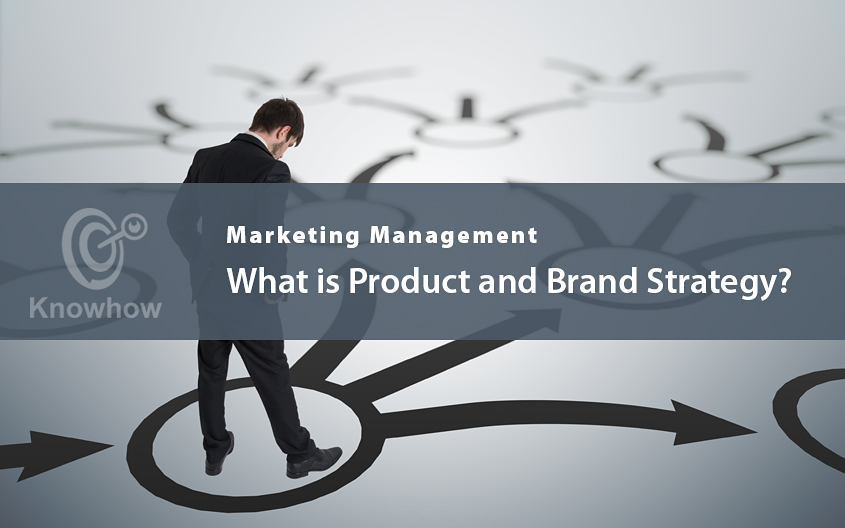
Setting the Product and Branding Strategy
The marketing strategy of every company should revolve around the 4Ps — product, price, place, and promotion. Although no company can create a successful strategy without combining all four Ps, it is the product which is clearly the most important one.
No amount of marketing efforts can result in the desired effect if the product isn’t good. To create a great product that will win over consumers, companies need to understand their target demographic’s needs and demands.
How to Classify and Place Products
We can define a product as anything a company produces to satisfy the demands and needs of consumers. When we talk about products, we can talk about tourism, management, transportation, or physical goods. So “product” is a rather broadly defined term and can include almost anything.
5 Product Level Classification
- You can use these five levels when classifying a product — potential product, augmented product, expected product, basic product, and core benefit product.
- The core benefit is the very base — the underlying benefit a product can offer. For instance, when we buy a smartphone, we are buying the power to connect instantly. A smartphone can come in whatever size, shape, and colour we want, and that turns a core product into a basic product.
- What companies mostly do is provide product value. If we stick to the smartphone analogy, expected product level is where companies offer music, connectivity, camera, and hardware features.
- The augmented product level is all about providing more than the customer expects — an excellent camera, unusual design, or additional accessories. However, this level is what affects the price the most, and people need to pay extra for it. That is where an augmented product can get converted into an expected.
- The potential product level is where companies provide a possibility for any augmentation imaginable.
Product Hierarchy Classification
When you’re looking to arrange a product hierarchically, there are several family-like branches. Product family, product class, product line, product type — all of these classify products based on the needs they satisfy.
Usage, Durability, and Tangibility Classification
Durability-wise, products can be durable and non-durable. Non-durable products are foods, cosmetic products, and beverages. So basically, those are the things that we buy frequently, consume quickly, and that we can find almost everywhere. On the other hand, durable products include TVs, refrigerators, and computers. These products need more of a personal touch during placement and selling because consumers want to understand every function and feature they offer.
Tangibility is simple — tangible products are all those that you can touch. Intangible products are services such as manicure, hair styling, massage, or car repair.
When it comes to usage, we divide products into consumer goods and industrial ones.
Consumer goods are, for instance, convenience ones — shampoos, beer, newspapers — goods that you can buy without a fuss. Shopping goods also fall under the consumer goods category — clothing, cars, furniture — goods that people buy only after comparing their characteristics with other products in the same category. Also, in the consumer goods category are speciality goods — yachts, luxury vehicles — products that consumers need to make additional effort to buy. And the final consumer goods category is unsought goods — cemetery plots, smoke detectors — things that are not a standard part of everyday life.
Industrial goods can be separated into two categories — regular business supply and capital goods. Business goods are the ones businesses need in order to function, such as spare parts, office supplies, oils, etc. On the other hand, capital goods are the ones necessary for the production of final products, such as machinery for plants.
Time for a Branding Strategy
Once you set your product and classify it properly, it’s time to set up a branding strategy. Branding is a process that has a task to create an identity for your product. As a result, that identity will leave a positive impression on your target demographic — your desired consumers.
Although this might sound simple, branding is in no way a fast process. It demands a lot of effort, time, and resources. Building a brand identity means creating a logo, a symbol, a name, and a tagline for a product. Branding also includes creating a strategy that will help a company differentiate itself from others in its niche.
In the End
Once you create a product that has a unique identity and you devise a good branding strategy, you will be on a path to success. Why? Because consumers base their buying decisions on just how attractive your branding strategy and your products are.
Related content:
Marketing Management Knowhow – learn more about marketing with our collection of educational articles.
From promotional logo printed pens, corporate umbrellas, printed coffee mugs, logo branded water bottles through to tech products, eco giveaways, and company branded clothing, here at GoPromotional we believe that you are sure to find the perfect selection of promotional products to help successfully market your brand.
If however, you require further information or have any specific questions, don’t hesitate to give a member of our experienced team a call on 0800 0148 970 or simply email us today.






